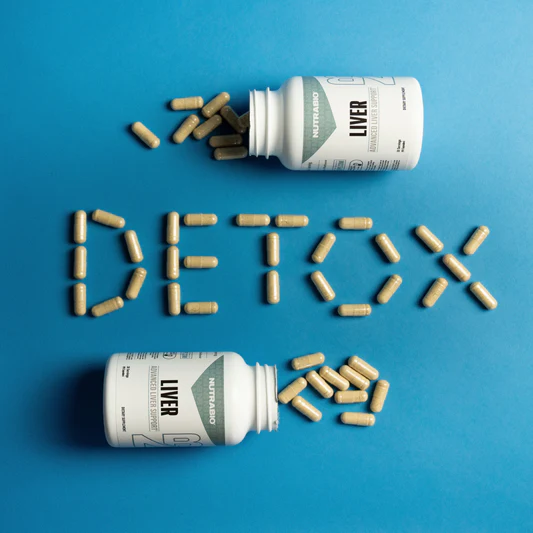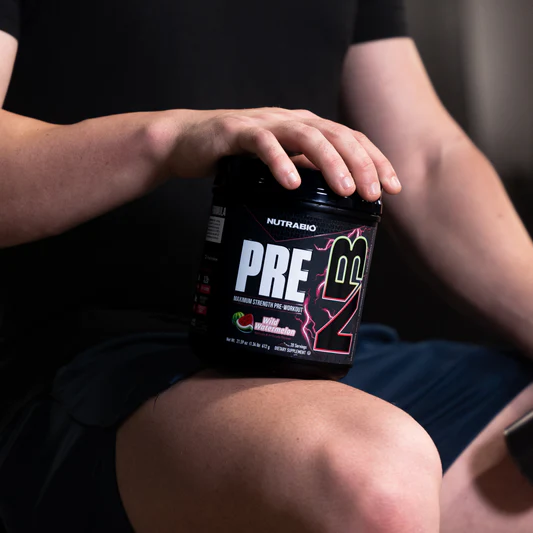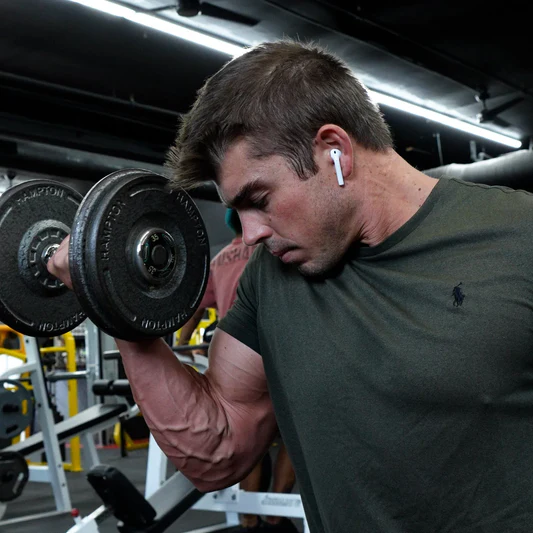VO2 Max the one bit of exercise physiology that almost everyone thinks they know. But do they? Let’s find out.
What VO2 Max ISN’T
- It is NOT the highest intensity of work/exercise that you can perform.
- It is NOT generally the same as your Max Heart Rate.
- It is NOT a measure of how much O2 your working muscles are using.
First, Understand VO2
VO2 is a measure of how much O2 your entire body is using per minute.
It can be measured in absolute terms (liters per minute) or relative to body mass (milliliters/kilogram/minute). A straightforward example will illustrate that VO2 is NOT just a measure of aerobic muscular work.
If you are hooked up to a metabolic cart (which is what they call the bunch of equipment used to measure VO2) while lying down doing nothing, you will register a non-zero VO2.
This is the O2 cost of staying alive and involves stuff that is mostly unconscious such as the beating of your heart, the functioning of your liver and kidneys, your breathing, maintaining homeostasis of things like temperature and pH, and, most importantly, keeping your brain alive.
There are a couple of mostly interchangeable terms for the above:
RESTING METABOLIC RATE AND BASAL METABOLIC RATE.
They refer to the oxygen cost of keeping your body alive when it is doing nothing.
BMR is much more strictly controlled and tends to give numbers up to 10% lower than RMR. On the flip-side, RMR is a better reflection of your day-to-day life. Here is a link with more details.
https://www.dexafit.com/blog2/bmr-vs-rmr-everything-you-need-to-know
The practical ramification of this is that many things other than your exercise intensity will impact your VO2.
The simplest and most common example is temperature. Standing around on a cold breezy day will cost you significantly less than standing around in the sun on a scorchingly hot and humid day.
It’s akin to turning the AC on in your car: the fuel consumption goes up even when you’re idling, and your fuel economy goes down the crapper.
Next, Understand VO2 During Exercise/Activity
Almost all of us when we say “VO2” or “VO2 max” is talking about what happens during physical activity.
This is simply the oxygen cost of making the muscles work, added to the RMR discussed above.
In more familiar terms, it’s the amount of aerobic work being done by the working muscles.
There are two important concepts to note in that statement. The simpler one is the concept of “working muscles.”
While it may seem evident that the VO2 cost of an activity is determined by which muscles are active and which are not, this fact is often overlooked.
The practical take-home consequence of this is that VO2 and VO2 Max are activity-specific.
This is a massive misconception for many people, who tend to think that the VO2 max they got on the treadmill test is their only VO2 max, kind of like their max Heart Rate. Nay-nay.
If we could put the same person through VO2 max tests while doing different things, then we’d get a different VO2 max for each one.
You’d have your Running VO2 max, your Cycling VO2 max, your Recumbent Cycling VO2 max, your Assault Bike VO2 max, your Rowing VO2 max, your Swimming VO2 max, etc.
They would each be a different value for several reasons.
The most apparent reason for the differences is the different amounts of muscle mass being used.
- The higher the active muscle mass, the higher the VO2 cost.
- Another factor is the body position: a more vertical position forces your heart to pump blood against gravity, while a more horizontal position does not.
- Finally, your level of training in each activity will make substantial differences, which can either increase or decrease the VO2 cost of a given workload.
The second big concept is the fact we are measuring strictly aerobic energy production, and your body has other options.
VO2 Max and the Anaerobic Energy Systems
Remember that there are two anaerobic energy pathways in addition to the aerobic one and that all of them are in use all of the time to various degrees.
What this means is that VO2 is NOT the maximum work output of the muscles in question, since the anaerobic systems start doing more and more of the work as the intensity increases.
- The familiar term “Lactate Threshold” is precisely that: it is telling us at what point the lactate-based anaerobic energy pathways start ramping up.
- For most people, this will tend to be between 70% and 90% of their VO2 max.
- Anyone doing sprinting up to 400 meters is always going to be working way above 100% of their VO2 max.
- Even up to 1500 meters, elite runners will typically get on the order of 16% of their energy from their anaerobic systems.
In real-world scenarios, what this means is that there are valuable and effective training intensities above 100% VO2 Max.
Pretty much every world-class male marathoner can and has run well below 14 minutes for 5 km.
They didn’t get to their 2:05 marathon without doing speedwork and high-intensity intervals, even though their race is almost entirely aerobic.








